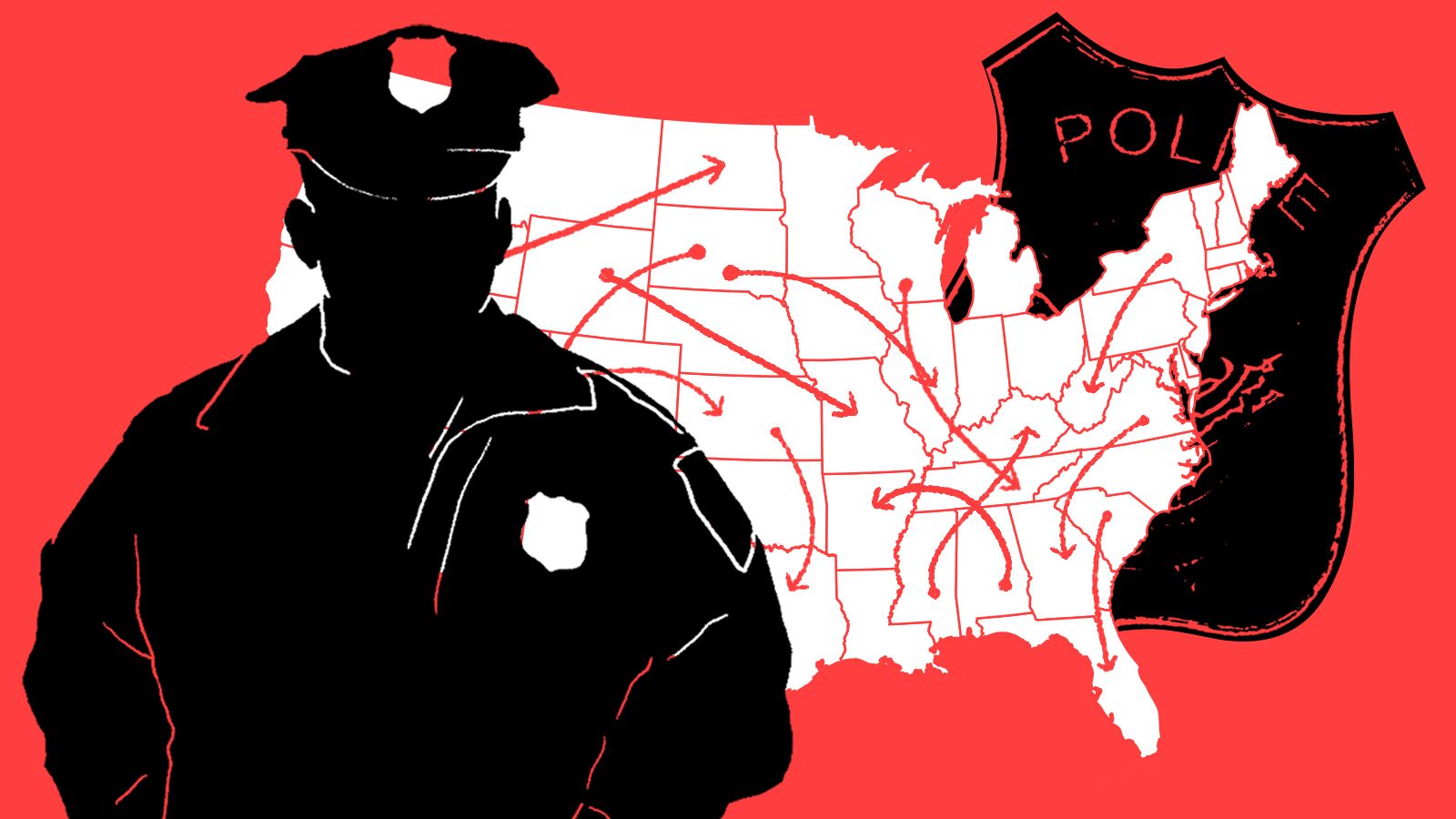The Ethical Complexities of Predictive Policing: Addressing Bias, Fairness, and Community Consent
Published on 28 October 2023.
Introduction
In the rapidly evolving landscape of artificial intelligence regulation, predictive policing stands out as a contentious issue. As the European Union leads the global charge in regulating AI, including predictive policing, it is crucial to delve into the nuances of this technology. This blog post explores the ethical complexities surrounding predictive policing, focusing on issues of bias, fairness, and community consent.
Ethical Complexities in Predictive Policing
Understanding Predictive Policing
Predictive policing, the practice of using algorithms to forecast future crimes and identify high-risk areas, has garnered both praise and criticism. Place-based predictive policing, while seemingly an extension of proactive policing, has faced severe backlash due to its discriminatory impact, especially on communities of color.
The Major Risks: Bias and Unfairness
The primary criticism against predictive policing revolves around its potential for reinforcing biases inherent in law enforcement data. The use of historical arrest data can perpetuate racial disparities, leading to an over-policing of Black communities. Additionally, the “ratchet effect,” where increased police presence leads to more incidents, exacerbates the problem. This situation creates a cycle of discrimination, further marginalizing affected communities.
Empowering Communities: The Role of Consent
A crucial aspect of evaluating the ethical implications of predictive policing lies in understanding the community’s stance. Individuals and communities affected by predictive policing should have the moral authority to disavow such practices if they conflict with their values, beliefs, or safety concerns. This concept of consent ensures that the benefits gained from predictive policing cannot justify the burdens placed on innocent people.
Promoting Fairness and Community Collaboration
To promote fairness, law enforcement agencies must minimize the burdens imposed on innocent individuals. Rather than solely relying on increased police presence, predictive policing can be used to identify environmental factors contributing to crime vulnerability. Demolishing abandoned buildings or implementing community-focused interventions can be effective alternatives. Moreover, fostering collaboration between police departments and communities through town hall meetings and citizen-led advisory councils can ensure that law enforcement initiatives align with community needs and preferences.
Conclusion: Navigating the Ethical Landscape
Predictive policing is a complex issue, with ethical considerations extending beyond the language of regulatory acts. To navigate this landscape effectively, policymakers and law enforcement agencies must address biases, ensure fairness, and actively involve communities in decision-making processes. By acknowledging the multifaceted nature of predictive policing, society can strike a balance between crime prevention and ethical responsibility.
editor's pick
news via inbox
Nulla turp dis cursus. Integer liberos euismod pretium faucibua

